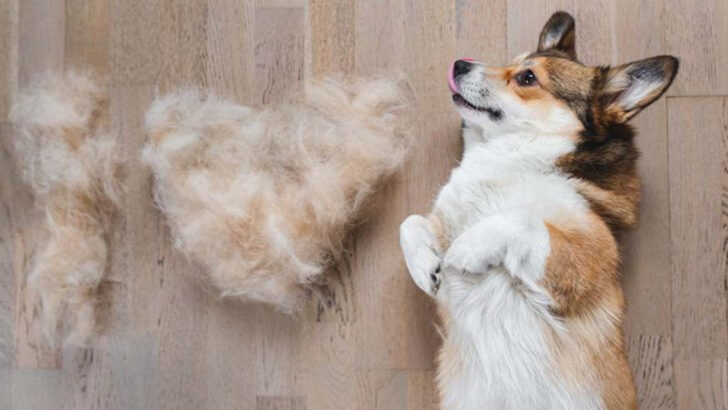Your pet isn’t acting weird—they’re just feeling the seasons.
One minute they’re bouncing off the walls, the next they’re a puddle of fur on the couch. It’s not a crisis—it’s spring. Or fall. Or maybe they just smelled snow coming.
Seasonal shifts don’t just change the weather—they flip a switch in our pets. More shedding. Strange sleeping spots. Random zoomies or mysterious mood swings. Sound familiar?
Before you panic or call the vet in a frenzy, take a breath.
What looks like “bad behavior” might just be their built-in way of adjusting to nature’s schedule.
Here are 13 seasonal pet behavior changes that owners often misread—and what your furry sidekick might actually be trying to tell you.
Increased Shedding in Spring
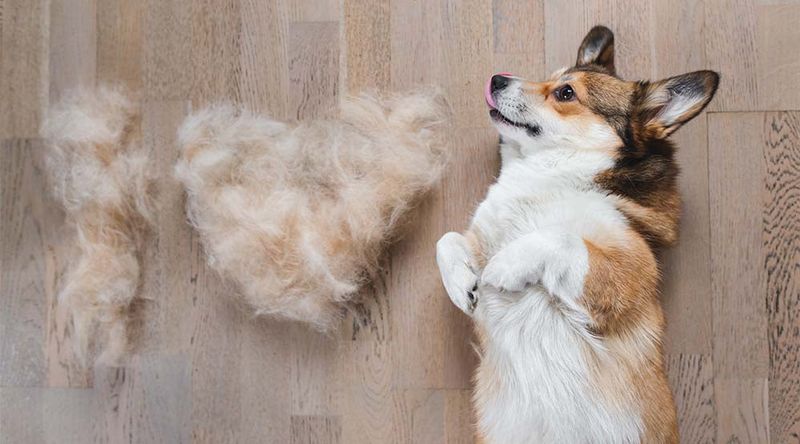
With the arrival of spring, many pets, especially dogs, experience increased shedding as they lose their heavy winter coats. This natural process helps them adjust to warming temperatures.
Although fur everywhere can be frustrating, it’s not a sign of poor health. Regular grooming can manage excess hair and keep your home cleaner.
Embrace this seasonal change as a sign of renewal and growth. Consider it nature’s way of preparing your pet for a new start. Keep those brushes handy and enjoy the bonding time grooming provides.
Cats Seeking Sunspots
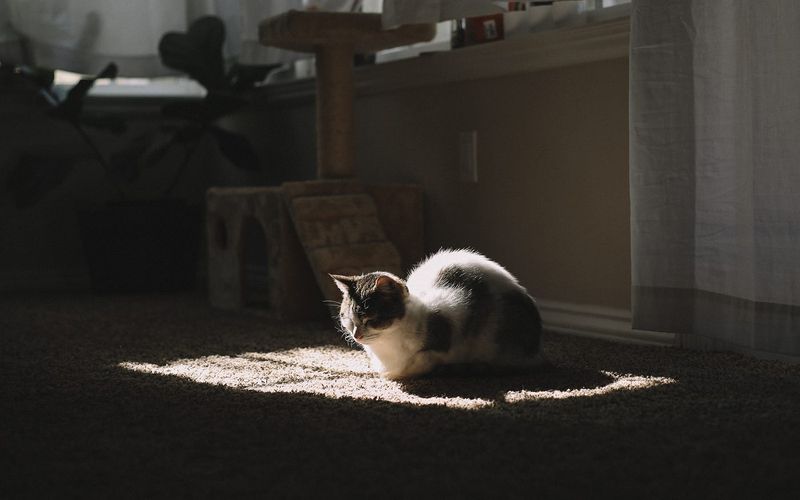
As days grow shorter, you might find your cat gravitating towards sunny spots in your home. This behavior isn’t merely about comfort; it’s an instinctual response to cooler weather.
Sunbathing helps cats maintain body temperature during colder months. Rather than becoming a concern, it shows your cat is seeking out warmth wisely.
Celebrate these feline sunbathers as they chase the light across your home. This behavior is a nod to their wild ancestors who relied on the sun to stay warm.
Dogs Digging Holes
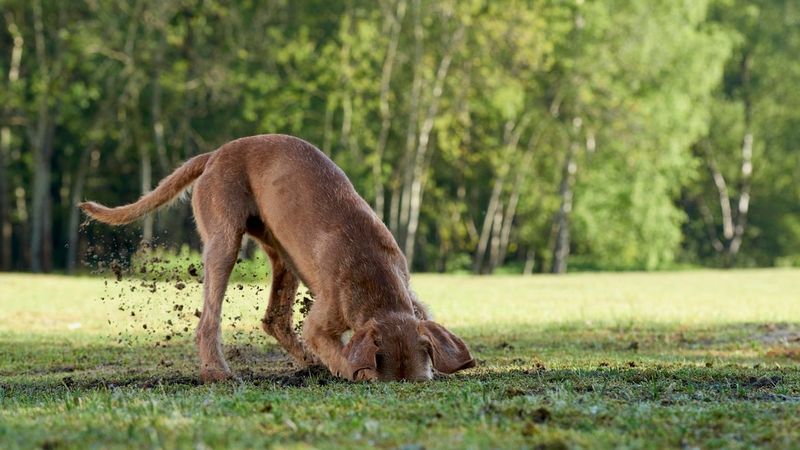
When summer heat blazes, some dogs may start digging to cool down. This instinctual habit creates a cool spot to rest in.
Rather than a destructive impulse, it’s a clever survival trick that traces back to their wild instincts. Providing a shaded, cool area can diminish this behavior.
Embrace their ingenuity by offering alternatives like a kiddie pool or cooling mats. Your pup is simply trying to beat the heat in the only way they know how.
Birds Going Quiet
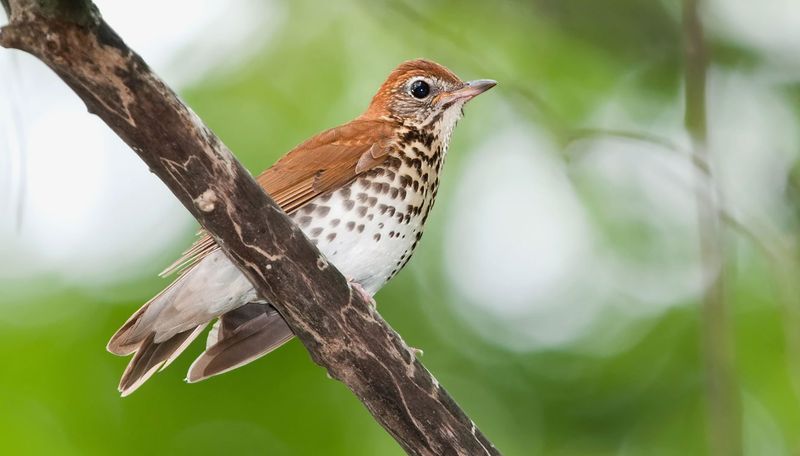
As winter approaches, birds may become less vocal, conserving energy in cooler climates. This quietness isn’t a sign of illness but a natural adjustment to seasonal changes.
Understanding this shift can enhance your bond with your feathered friend. Offer a warm, safe environment to support their seasonal needs.
Appreciate the tranquil moments and consider them a time for introspection and connection with your bird.
Rabbits Eating More
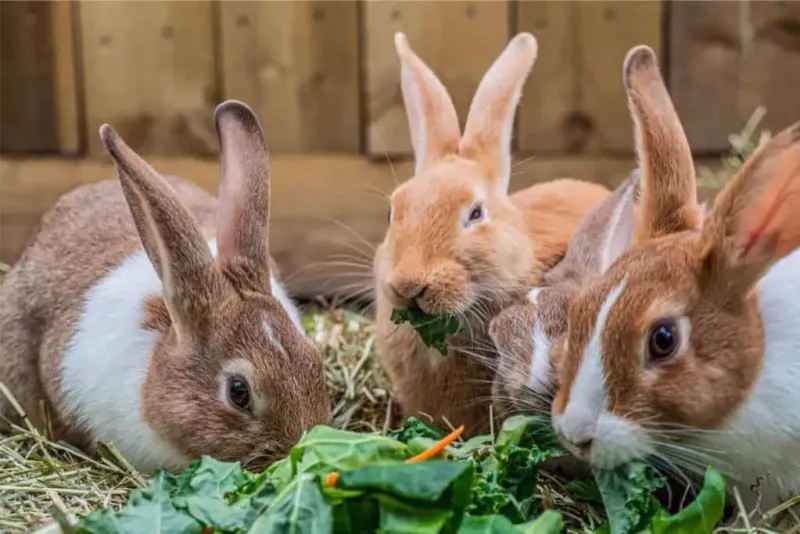
With the crisp air of autumn, rabbits may start consuming more food. This increase in appetite prepares them for colder months when more energy is needed to stay warm.
Rather than worrying about overeating, ensure they have a balanced diet with plenty of hay and fresh vegetables.
This seasonal change is a natural response and a healthy sign of preparation for winter. It’s an opportunity to ensure your rabbit’s nutritional needs are met.
Fish Becoming Less Active
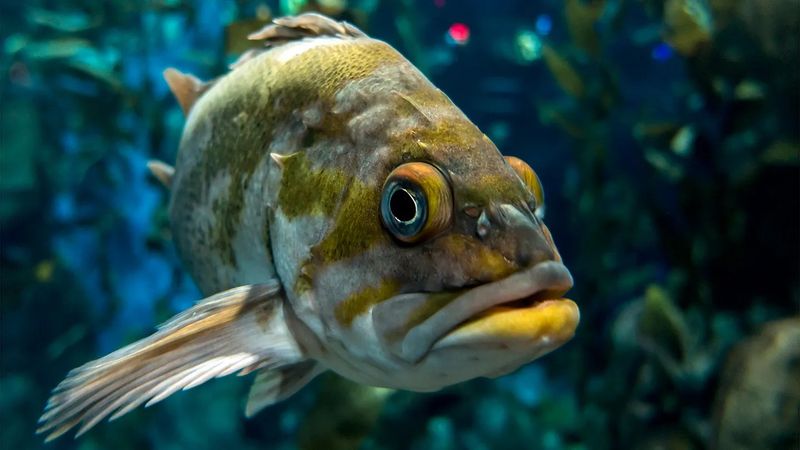
As temperatures drop, fish in home aquariums may show decreased activity. This lethargy can be mistaken for illness but is often a normal response to cooler conditions.
Ensure the water temperature remains stable within their required range. A consistent environment helps maintain their well-being.
Consider this a peaceful period for your aquatic companions, mirroring seasonal changes in their natural habitats.
Hamsters Hoarding More
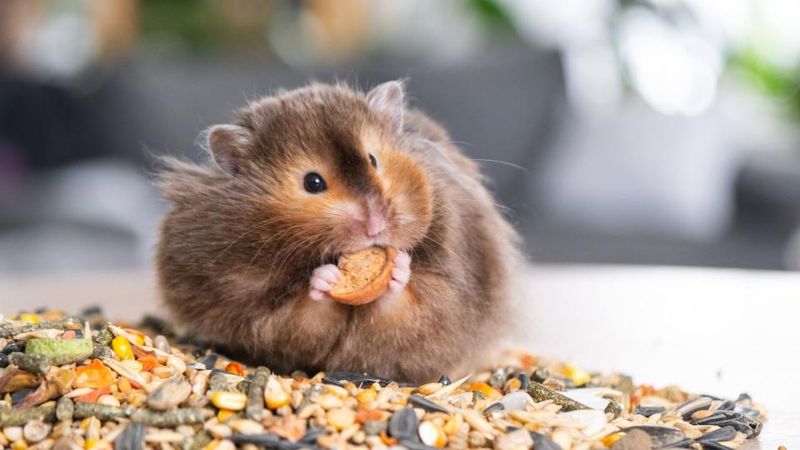
With cooler weather approaching, you might notice your hamster packing its cheeks more than usual. This increased hoarding is a preparation tactic for winter.
It’s not a problem, but a natural instinct to store food for times of scarcity. Provide plenty of hiding spots and nutritious snacks to support this behavior.
Think of your hamster as a tiny survivalist, cleverly preparing for the future. Their behavior is a charming reminder of nature’s wisdom.
Dogs Barking at Night
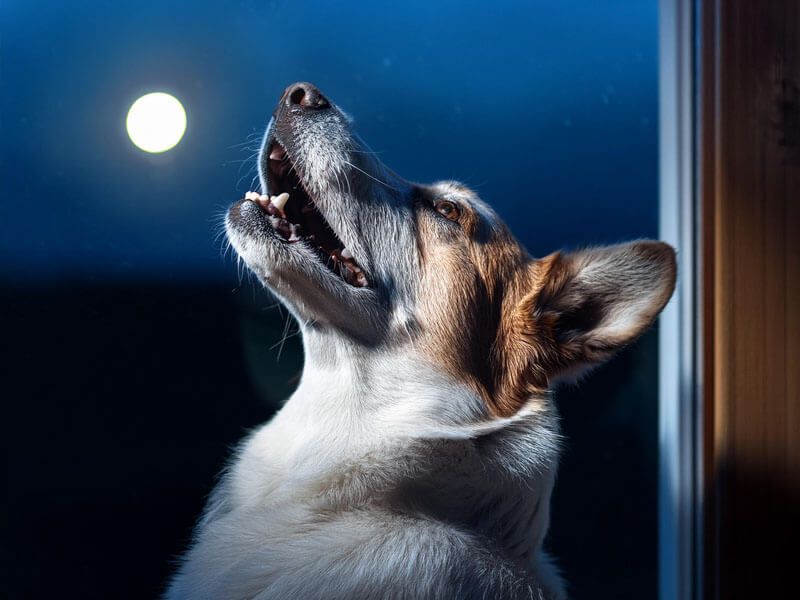
With the longer nights of fall, dogs may start barking more frequently after dark. This behavior is often due to heightened senses and activity of nocturnal animals.
While it may disturb your peace, it’s your dog’s way of alerting you to changes in their environment.
Instead of frustration, see this barking as a protective instinct. Address their needs with training and positive reinforcement, turning an annoyance into a bonding opportunity.
Cats Getting More Playful
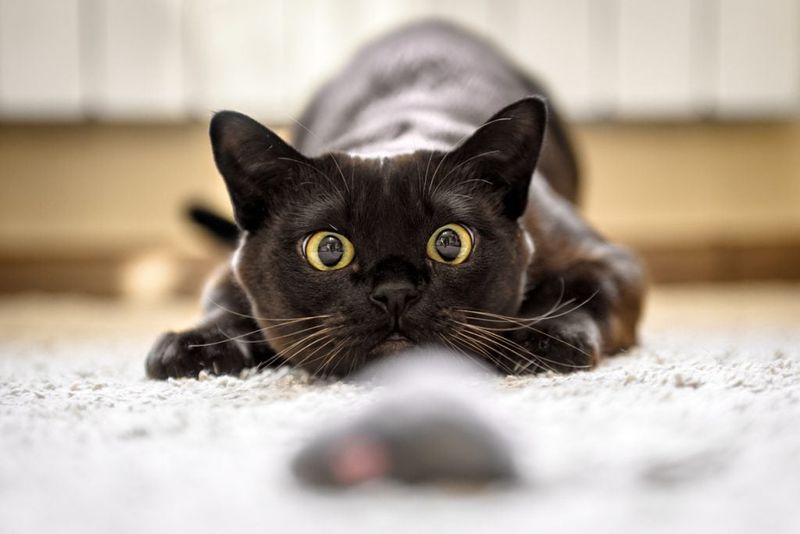
As spring approaches, indoor cats often become more playful and active, mimicking the lively energy of the season.
Far from troublesome, this playfulness is their way of engaging with the world and tapping into their predatory instincts.
Join in the fun with interactive toys and activities. It’s a chance to strengthen your bond and enjoy the vitality that spring brings to your feline friend.
Ferrets Becoming Mischievous
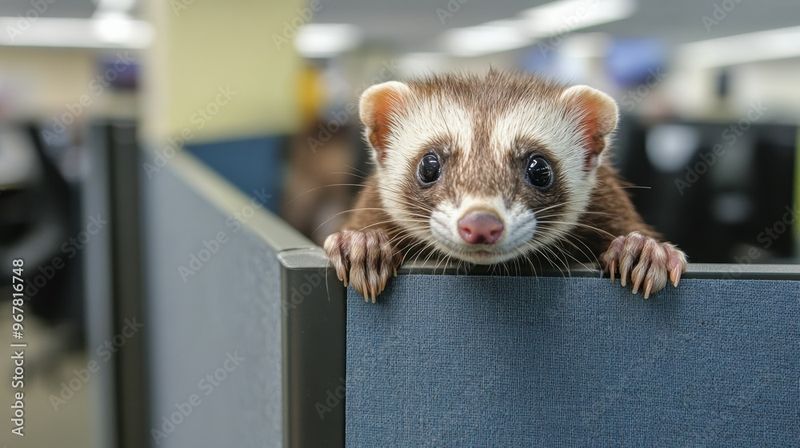
As temperatures rise, ferrets might exhibit more mischievous behavior, exploring every nook and cranny of their environment.
This isn’t about causing chaos, but rather an expression of their curiosity and need for mental stimulation.
Channel their energy with engaging toys and supervised playtime. Their antics can be a source of joy and laughter.
Parrots Molting Feathers
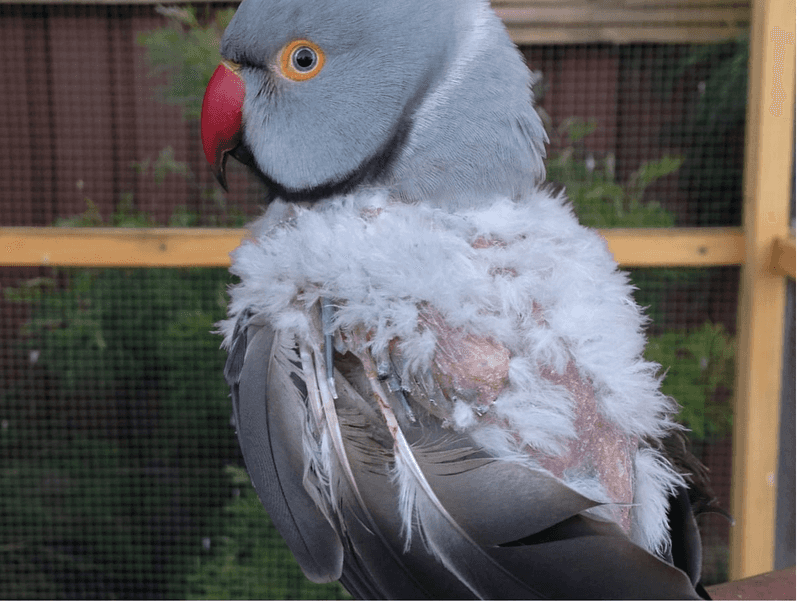
In warm months, parrots often molt, shedding old feathers to make way for new growth. This process, while messy, is essential for their well-being.
Ensure they receive a diet rich in vitamins to support healthy feather development. This natural cycle reflects their vibrant life.
Celebrate this transformation, knowing it signifies renewal and vitality for your feathered friend.
Horses Growing Thick Coats
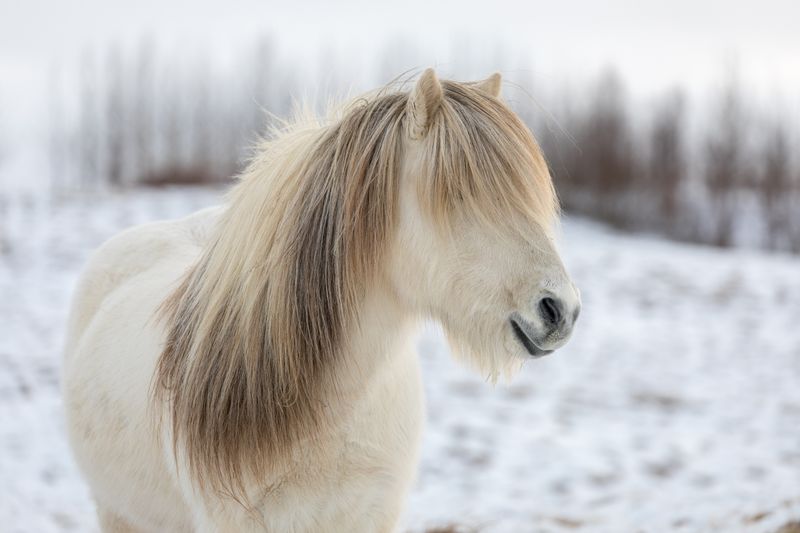
As winter approaches, horses naturally develop thicker coats to insulate against the cold. This change is a testament to their adaptability and resilience.
Rather than a cause for concern, it’s a sign your horse is ready to embrace the winter months comfortably.
Marvel at their natural ability to adjust and consider it a reminder of nature’s ingenuity in design.
Guinea Pigs Seeking Warmth
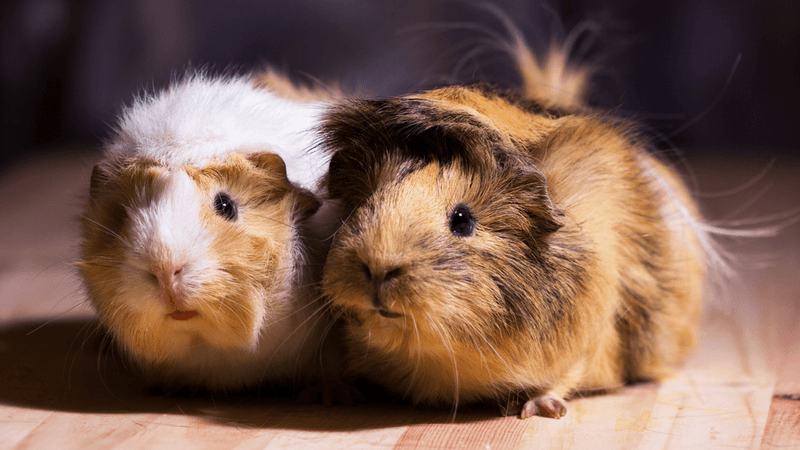
When the cold sets in, guinea pigs instinctively seek warmth by snuggling together or burrowing into soft bedding.
This behavior ensures they maintain body heat, showcasing their instinctual survival skills. Provide ample warmth with blankets and nesting materials.
View their cuddling as a heartwarming display of companionship and survival strategy during the chillier months.

